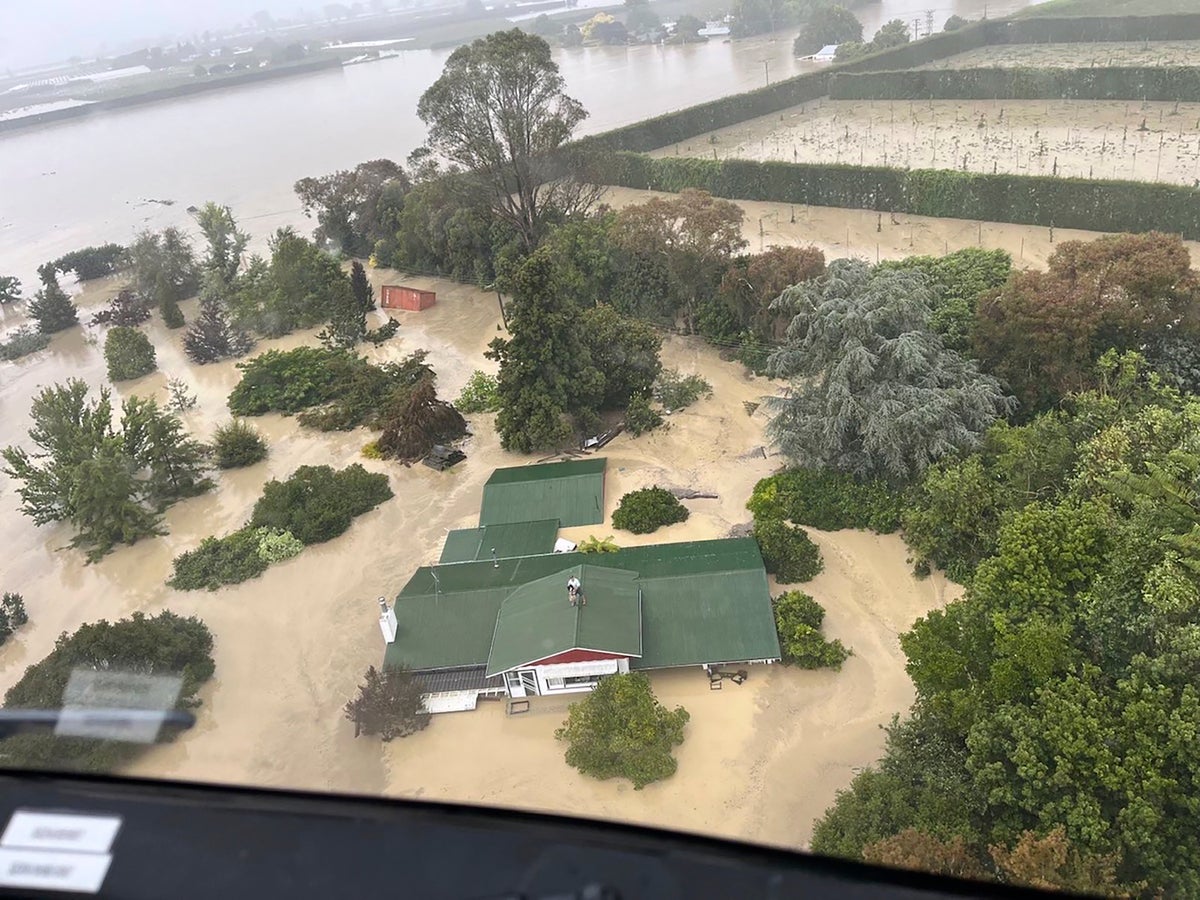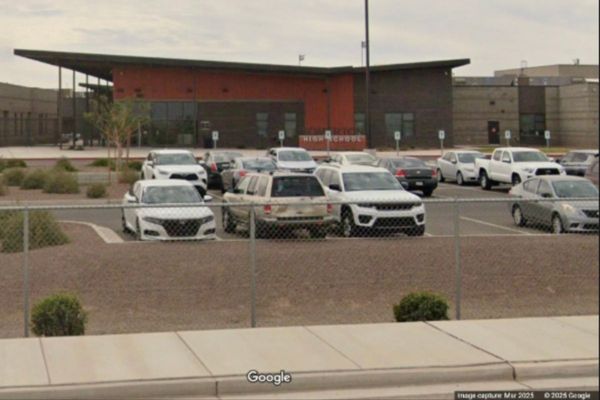
Climate change worsened flooding from a tropical cyclone that shut down much of New Zealand last month in one of the country's costliest disasters, scientists said, but they couldn't quite calculate how much it magnified the catastrophe.
A flash study Tuesday by 23 scientists from around the globe found that global warming from the burning of fossil fuels added to the downpours from Cyclone Gabrielle that included at least six hours of deluges of nearly an inch per hour (20 millimeters per hour) of driving rain. But normal methods to quantify how much climate change added to the disaster weren’t conclusive enough for scientists because weather records there don’t go back very far, the area affected was relatively small and the region is subject to naturally high weather variability.
“Climate change is a serious concern for flooding in New Zealand and you've got to understand these are gigantic amounts of rainfall,” said Sam Dean, a co-author and scientist at New Zealand's National Institute of Water and Atmospheric Research. “I have no doubt whatsoever in my mind with my experience of my life as a climate scientist that climate change has influenced the event but do we know it's exactly 30%? No, we don't.”
The study is not yet peer-reviewed, the gold standard in science, because it is such a recent event. But the scientists at World Weather Attribution follow well-established techniques for attributing climate change — comparing a given event to simulations of what would have resulted without accelerated warming — and later get their work published in peer-reviewed journals.
More than 200,000 homes lost power for days on end, a nationwide emergency was declared and the storm caused $8 billion ($13 billion New Zealand) in damage to New Zealand, called Aotearoa in Indigenous Māori. In some places rainfall totaled as much as 15.7 inches (400 millimeters) in just two days, according to the Meteorological Service of New Zealand. The storm killed 11 people.
The cyclone hit just a couple weeks after extensive flooding in the region had saturated the ground and essentially lived up to New Zealand officials' worst-case scenarios, according to the MetService.
Based on extrapolations from weather records that go back to 1979, heavy rain like that recorded over two days was about 30% more intense and four times more likely than in a pre-warming world that is 2.1 degrees Fahrenheit (1.2 degrees Celsius) cooler than now. But the scientists said there are large uncertainties in those figures because there's not a lot of data.
Scientists also use computer simulations to see if global warming plays a role. But the area that got flooded is so small that most of the computer models couldn't deal with it. The ones that could found a much smaller climate fingerprint than the historical data shows or practically none.
Still, scientists said they are certain climate change played a role, even if they can't put a precise number on it.
University of Pennsylvania climate scientist Michael Mann, who wasn’t part of the study team, said the group probably is underestimating the impact of climate change on the New Zealand destruction because climate models in general are insufficient to describe all of climate change’s impacts on extreme weather.
“Human-caused warming means there is more energy and moisture in every storm whether or not a study formally attributes it,” he said.
In addition to climate change, researchers found that a recently concluded La Nina phenomenon, which changes weather worldwide, and an ocean heat wave were factors in goosing Gabrielle's impact.
“Every additional bit of warming will make these kind of events worse,” said study co-author and team leader Friederike Otto, a climate scientist at the Imperial College of London. “Climate change is not something that happens sometime in the future or to someone else but actually affects people, particularly vulnerable populations, affects people everywhere around the world today.”
___ Follow AP’s climate and environment coverage at https://apnews.com/hub/climate-and-environment ___ Follow Seth Borenstein on Twitter at @borenbears ___ Associated Press climate and environmental coverage receives support from several private foundations. See more about AP’s climate initiative here. The AP is solely responsible for all content.







